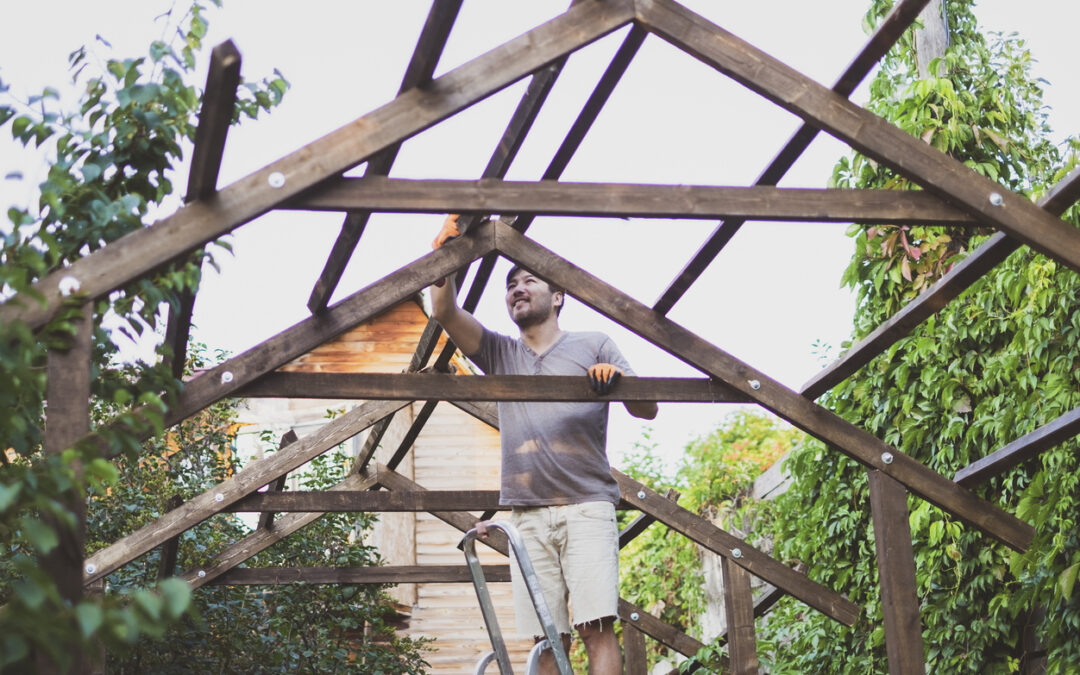When dealing with zoning and building laws in your area, it can be difficult to determine which projects require special licenses and which can be built without one. Special license requirements are based on whether the building and construction planning are free-standing or attached structures.
You might be wondering how to identify such a structure and what benefits they offer. If you intend to build one yourself, it’s critical to understand the unique concerns for supporting and creating a free-standing structure.
Defining Free-Standing Structures
As the name suggests, free-standing structures do not rely on another existing building for support. Homes, garden or yard gazebos, detached garages, and self-contained sheds or greenhouses are examples of free-standing structures.
Some building and zoning authorities consider basketball standards and flagpoles to be free-standing structures, and their location and use are governed accordingly. Carports and pergolas are also free-standing structures. However, since patio covers, porches, and attached decks connect to a house, they are not considered freestanding.
Free-standing structures tailored to specific projects and needs. In addition to presenting a beautiful “finished” aspect to your overall design, these structures can provide additional benefits. Take an all-weather outdoor play space as an example. These structures can be completely disassembled, relocated, or recycled at the end of their useful lives.
Choosing Materials for Your Free-Standing Structures
All materials give unique properties to structures, with strength being one of the most important. Steel is a popular building material since it is both strong and light. Furthermore, unlike wood, steel can withstand moisture, making it resistant to insects, fire, and the weather. It will also last far longer than wood.
A steel framework is durable and robust, serving as the foundation for most free-standing structures as we know them. As a building material, it withstands movement well and excels in hardness, longevity, and flexibility.
Masonry is also a well-known load-bearing material that can withstand the weight of multiple stories and can be strengthened with steel beams for added support. Additionally, masonry provides design alternatives in various materials, colors, sizes, and shapes, giving you more influence over a free-standing structure’s appearance.
Empire Roofing and Restoration’s Unsurpassed Free-Standing Structures
At Empire Roofing and Restoration, we have over 30 years of industry experience providing customers with attractive free-standing structures that withstand the Colorado Springs elements. Our customers receive the best possible service.
Contact our team today to build a customized free-standing structure of your choice.

